A lot of the photos I take at home make use of flash units, but OEM flash guns – reliable as they are and also always guaranteeing full compatibility with their camera system – can be dreadfully expensive. For example, Olympus carries the FL-900R and FL-600R external flash units – and they cost a princely USD579 and USD299 respectively. Ouch.
I’ve had mixed luck with aftermarket flash guns over the years for the m4/3 system: a Tumax DPT386 AFZ – which didn’t correctly receive TTL signals and thus getting the correct amount of illumination was a terrific crap shoot – a Metz 50 AF-1 – which worked well until the battery lever broke – and most recently, a Nissin i40 and a Meike MK320. Both of the latter are still working great for my m4/3 bodies, though the Nissin i40’s command dial has faded from wear and tear to an illegible mess, and the MK320 is perpetually misreporting its current battery life LOL.
After a good deal of the usual finding-out, I stumbled upon a relatively new flash accessory player on the scene: Godox, a Chinese manufacturer. This company in the very short span of a few years have been prolific! They’ve put out a very wide range of flash units and supplementing accessories for both enthusiast and professional use, at very low prices, and – shocker – not at the expense of quality either.
So. The first flash unit I picked up for the new Sony A73 – a Godox’s TT685s for a very low USD96. Normally, a flash unit of this specification power – the TT685s is rated GN60 – will easily cost at least a few times more if you’re buying the OEM units. The flash is compliant to Sony’s , and also has a built-in 2.4GHz wireless remote system.
Comments and pictures!
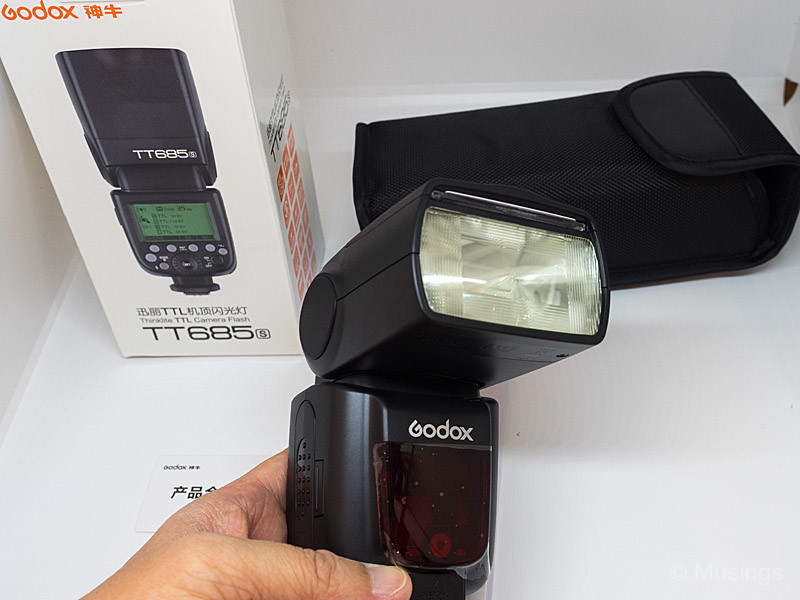
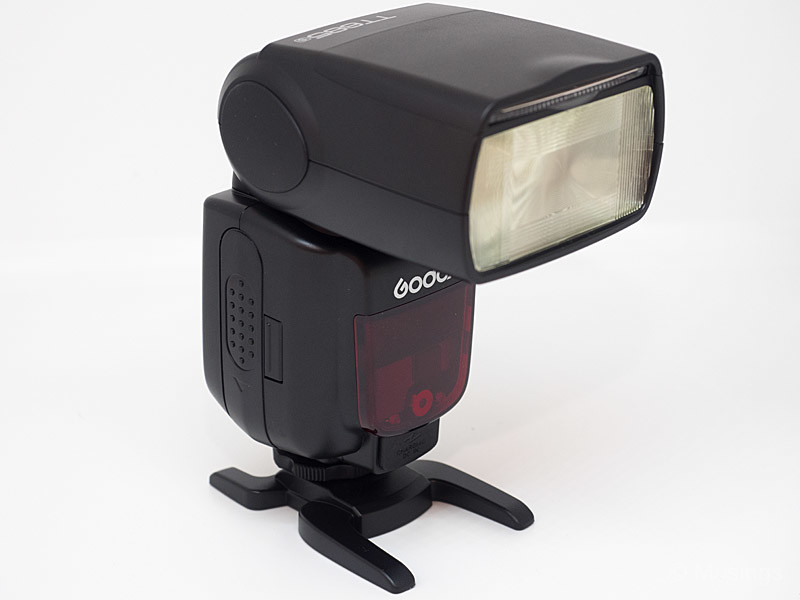
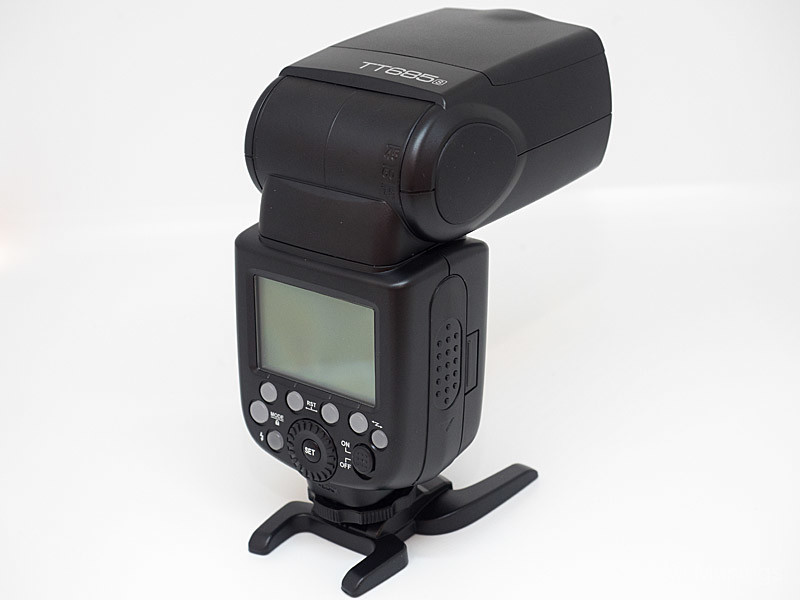
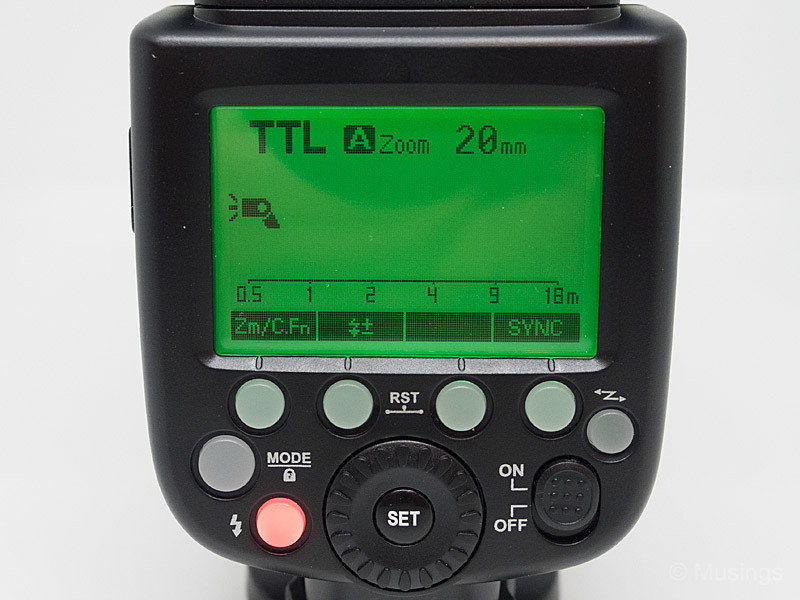
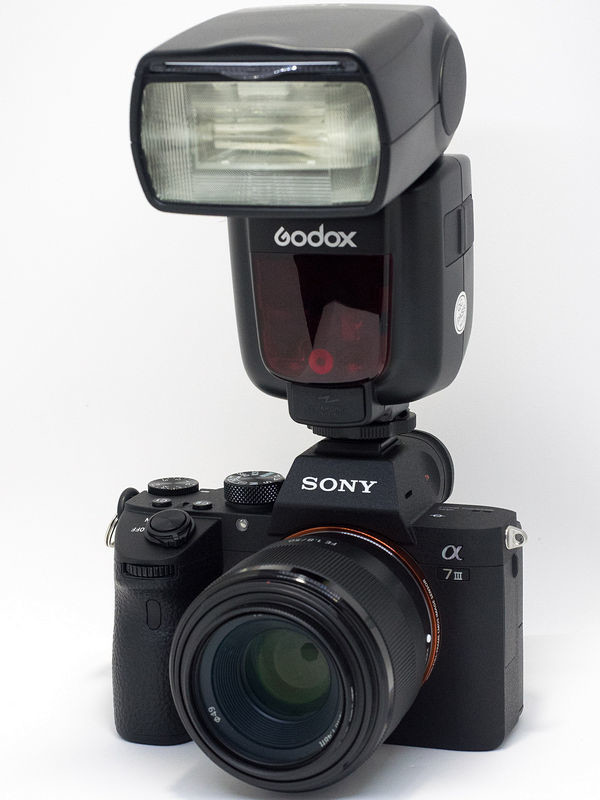
I’ve also got into the habit of leaving the TT685s permanently on – as the unit automatically goes to sleep after about 90 seconds. The flash unit revives quickly from sleep when the A73’s shutter release is half-depressed.
And a couple of bounced flash shots of the kids. The flash was set to TTL and bounced upwards. Probably because the room was also reasonably lit, wasn’t fired at full-power – which made it possible for the TT685s to keep up the repeated releases (about one shot per second, about half a dozen at a time).


The real icing on the cake would had been for the Godox external flash units to also support in-unit charging, like on the Meike MK320 – that would have saved me having to bring along a AA battery charger on vacation too! But in-unit charging is by far an exception than the norm for external flash units.
And finally with the Godox XPro wireless flash trigger that just arrived. The trigger is a lot of advanced features that I’d probably never touch or use: but the price difference between this and its lesser cousin – the Godox X1T – was pretty minimal, so why not. After a quick pairing between the XPro and the TT685s, the combo syncs and my wrist is super grateful now for not needing to hoist a heavy flash unit atop a camera every time I take a picture. Oddly though, the setup seems to regularly under-expose by at least a stop or so – at least when I shoot wide-open. Nothing that flash exposure compensation can’t handle of course, but still something odd and to be further observed.
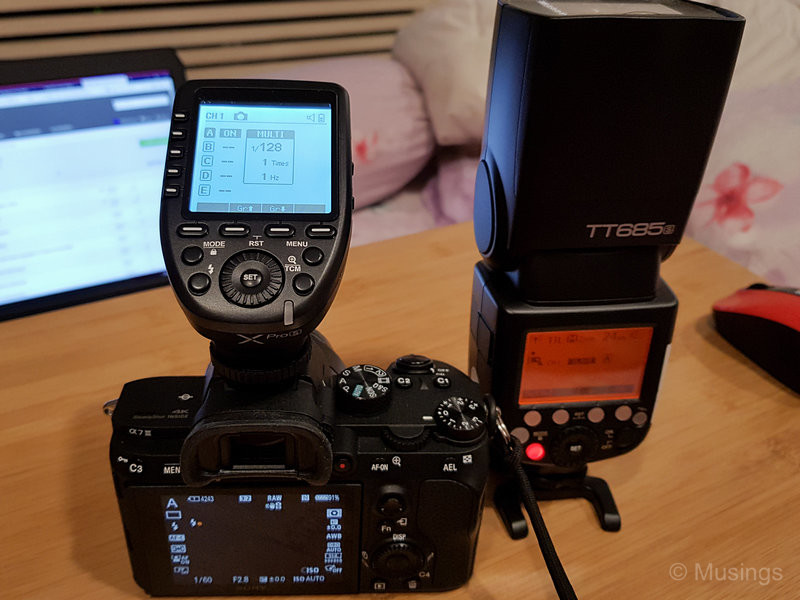
Recent comments